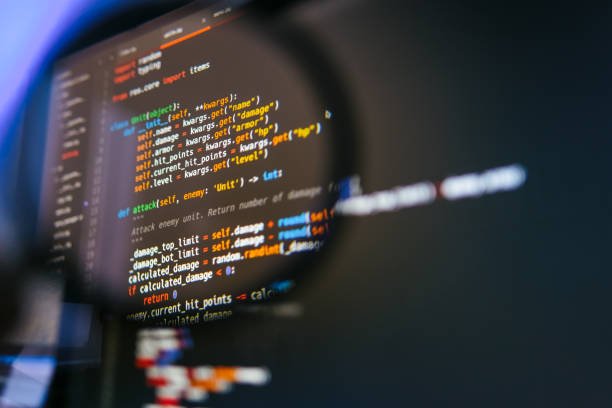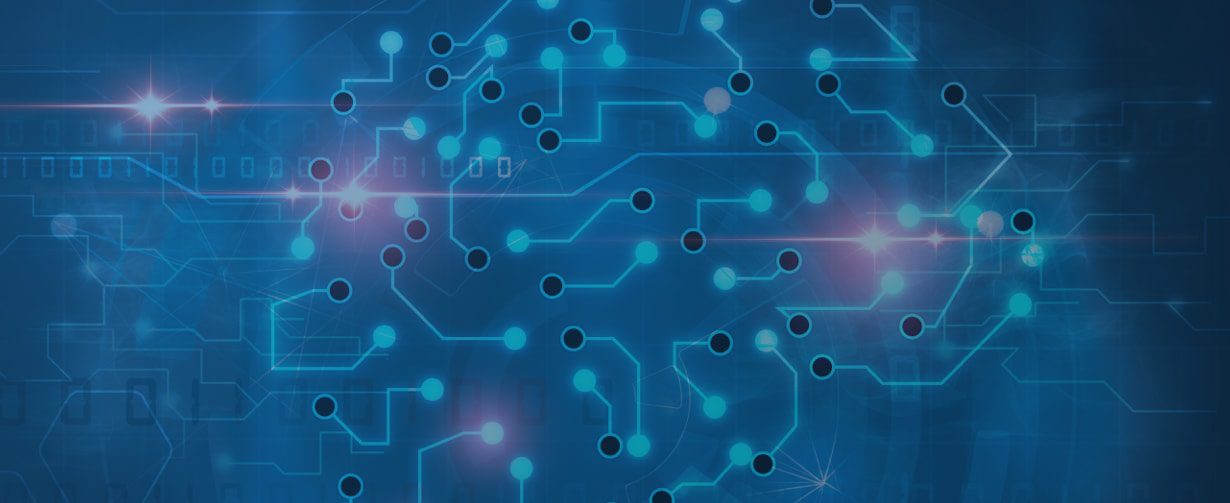Course | Data Visualisation with R Course (Includes Job Placement)
R programming is one of the in-demand computer languages in the field of data analytics and data science. So, it comes as no surprise that many data analyst aspirant prefers to enrol on an R programming course in place of a Python programming course. That is because it is certainly a better option for data visualisation. The graphs and statistics are more elaborate than Python and are more intuitive.
Moreover, when compared to Python, it is also easy to master this computer language, and the learning curve is not too steep either. Other than that, most of the features in both programming languages are similar to a large extent.
What does the R Programming course consist of?
If you are taking up a data visualisation course, then make sure you take up a course in R programming as well. What you will get to learn in this course is primarily the Grammar of Graphics. It is an extensive system which is used for building graphs and elaborately describing them. After you learn to make graphs in the R programming course, it progresses to the library and the stuff that comes under this subset of data visualisation.
First of all, you are taught how the package for data visualisation in R and ggplot2 is applied to generate box plots, basic bar charts, line plots, histograms, pie charts and scatter plots. These different types of graphical plotting will also help you master further customisation. The R programming course also teaches other techniques for visualising the data apart from generating charts and plots. You will also be taught about annotations and labelling in these graphs.
Additionally, there is a package called leaflet, which helps you to generate map plots and is one of the most powerful data visualisation packages in R as it can display data at various levels for better visualisation. It also helps plot data based on its geolocation, so it is highly useful for the meteorological department, where various weather-based data are displayed.
Finally, in an R programming course, you will learn how to build creative, intuitive and interactive dashboards using packages like R Shiny that can help to alter the appearance of your data app, which has been built in R.
Where can you enrol for data visualisation with an R course?
Although data visualisation courses are extremely popular and numerous institutes offer them, students should choose one based on their needs. A student should pick up a course that helps them to learn some useful techniques and give them hands-on experience through practical training in the labs and trying out various techniques in R. It will aid them in building various graphical models of data.
Many top technology companies are offering data analysis courses from their stables. But there is no data analytics course with placement. Moreover, the focus in these courses is rarely on R, which can be quite frustrating as a student cannot get an all-round perspective of the data analytics course.
In this regard, a solution can be the data analysis course offered by Imarticus Learning. It focuses on both Python and R and gives both programming languages equal weightage. You will be given both a basic run-in and advanced guidance on plotting various statistics and graphs with the help of R. You will get both classroom training and live online training. This coursework will give you enough exposure and help you succeed as a data scientist.
But before you enrol in this course, please ensure that you have some programming knowledge beforehand because this is an advanced course. Many websites and online academies have free R programming courses. In these courses, you learn about various packages like ggplot2, dplyr, mlr3, knitr and tidyverse. Once you have a good base in programming, especially in R, you can pick up various other requirements for the data visualisation course. You could also take up an internship role to get more practical exposure.
To sum up, finding an R programming course that offers theoretical and practical exposure is crucial. It helps you to get an in-depth understanding of the same and avoid facing troubles while implementing the same in the real world. So, find a course of your preference and secure placement in this popular field of data science.



